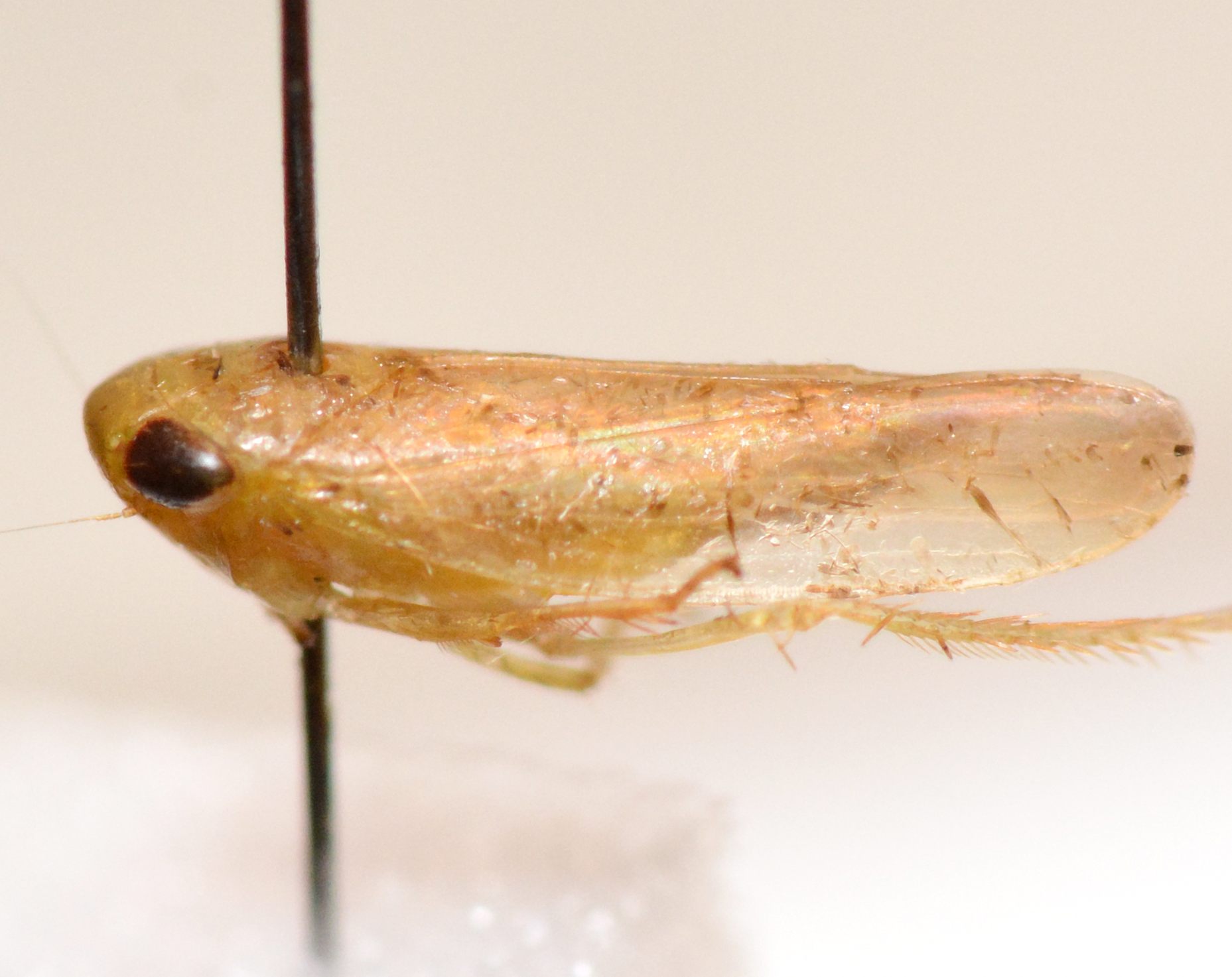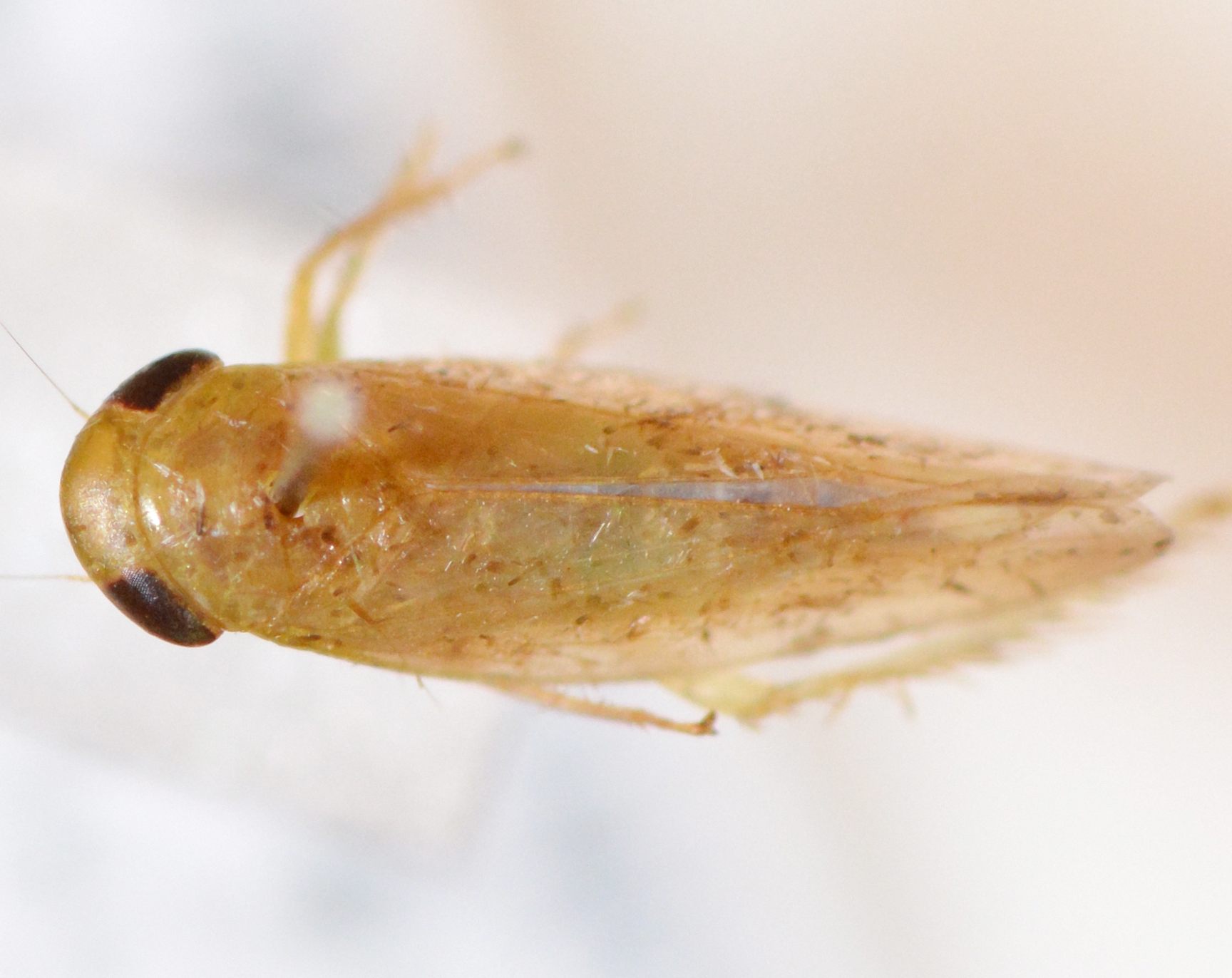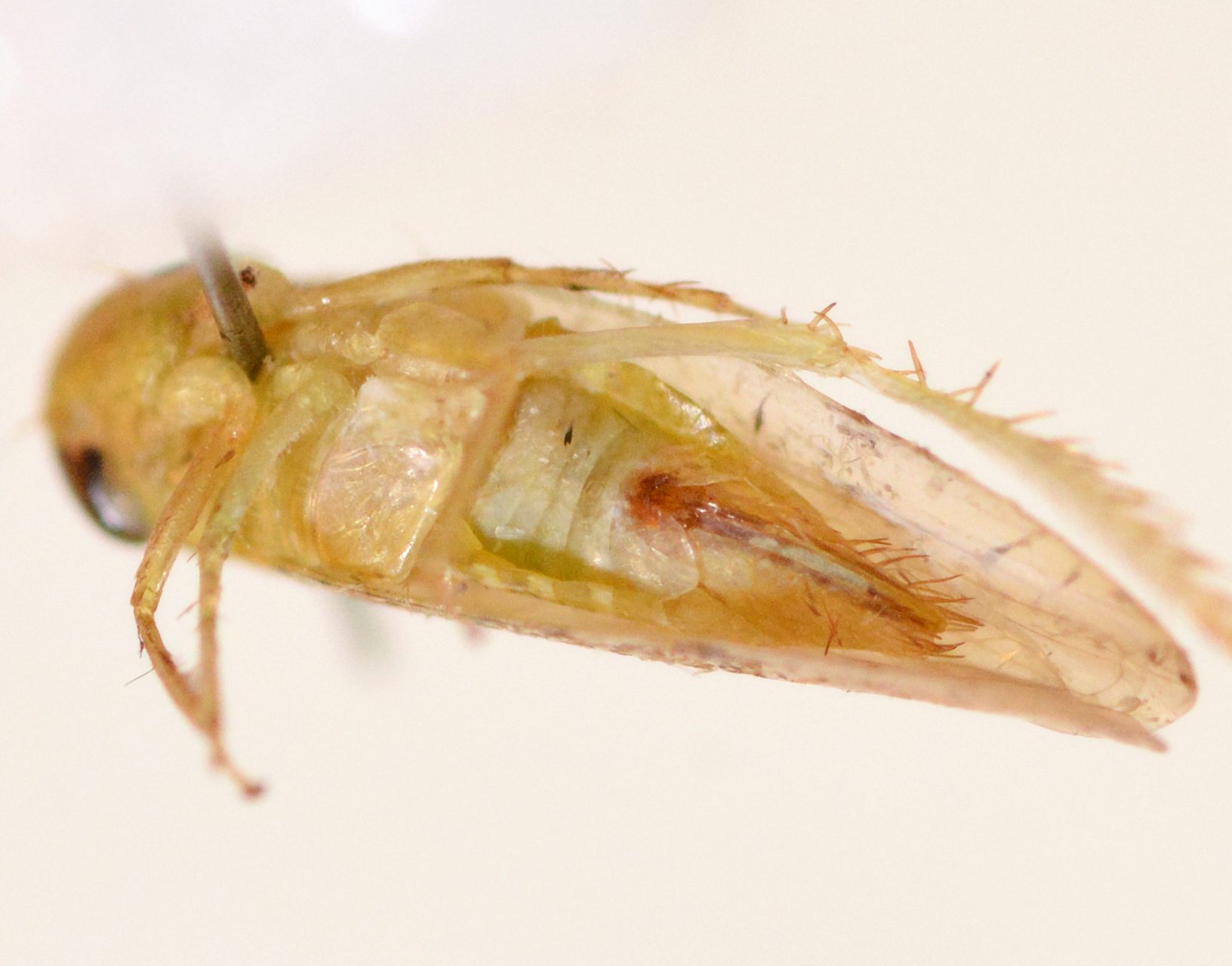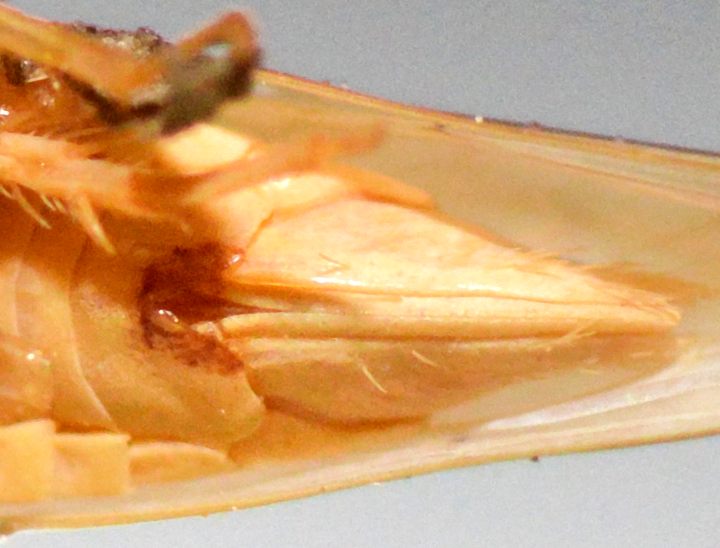Species Photo Gallery for Chlorotettix suturalis No Common Name 8 |
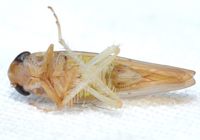 | Photo by: Kyle Kittelberger, Brian Bockhahn
Transylvania Co.
Comment: male; 7.5 mm |  | Photo by: Kyle Kittelberger, Brian Bockhahn
Transylvania Co.
Comment: male; 7.5 mm |
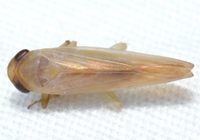 | Photo by: Kyle Kittelberger, Brian Bockhahn
Transylvania Co.
Comment: male; 7.5 mm | 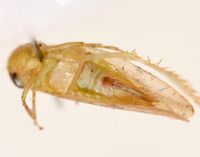 | Photo by: J. Bolling Sullivan
Craven Co.
Comment: female, 6.6 mm |
 | Photo by: J. Bolling Sullivan
Craven Co.
Comment: female, 6.6 mm | 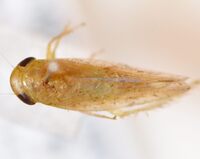 | Photo by: J. Bolling Sullivan
Craven Co.
Comment: female, 6.6 mm |
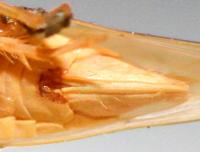 | Photo by: Kyle Kittelberger
Out Of State Co.
Comment: female; NCSU specimen | 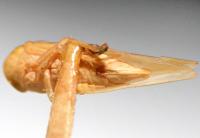 | Photo by: Kyle Kittelberger
Out Of State Co.
Comment: female; NCSU specimen |
|

 »
»